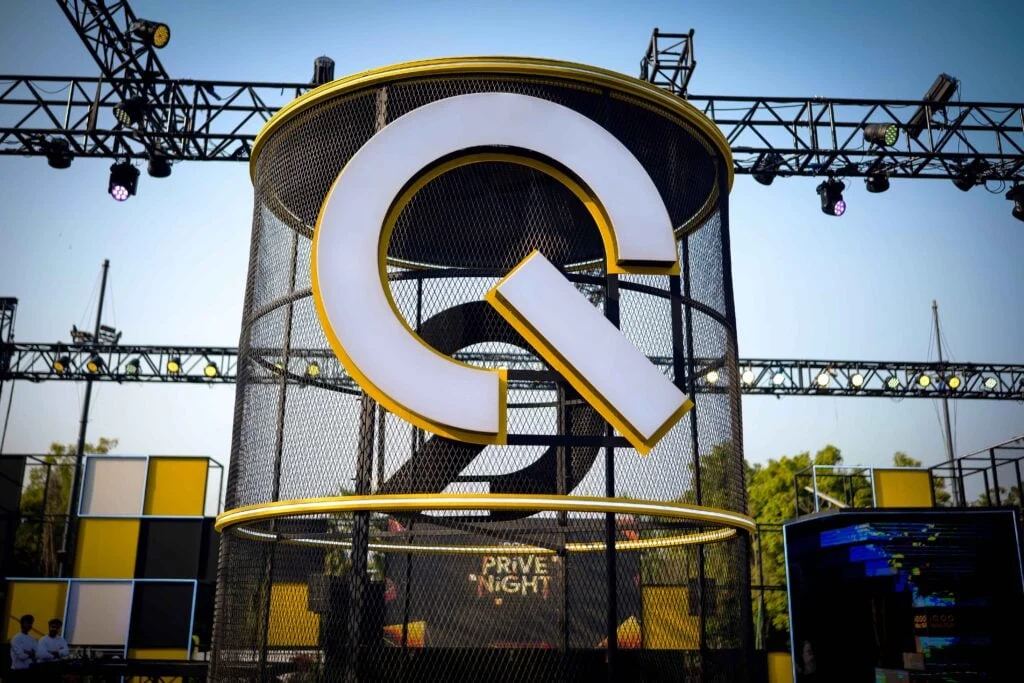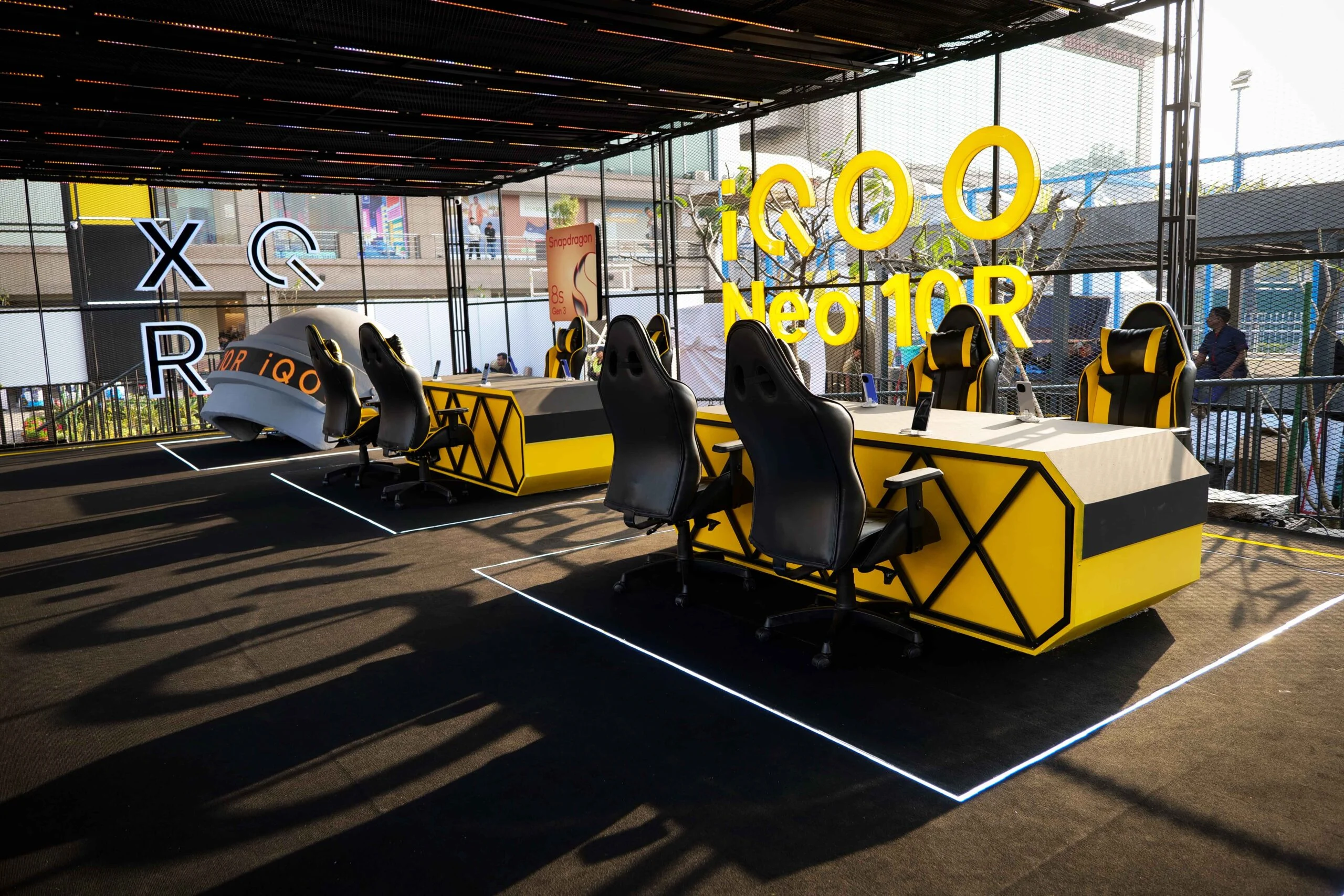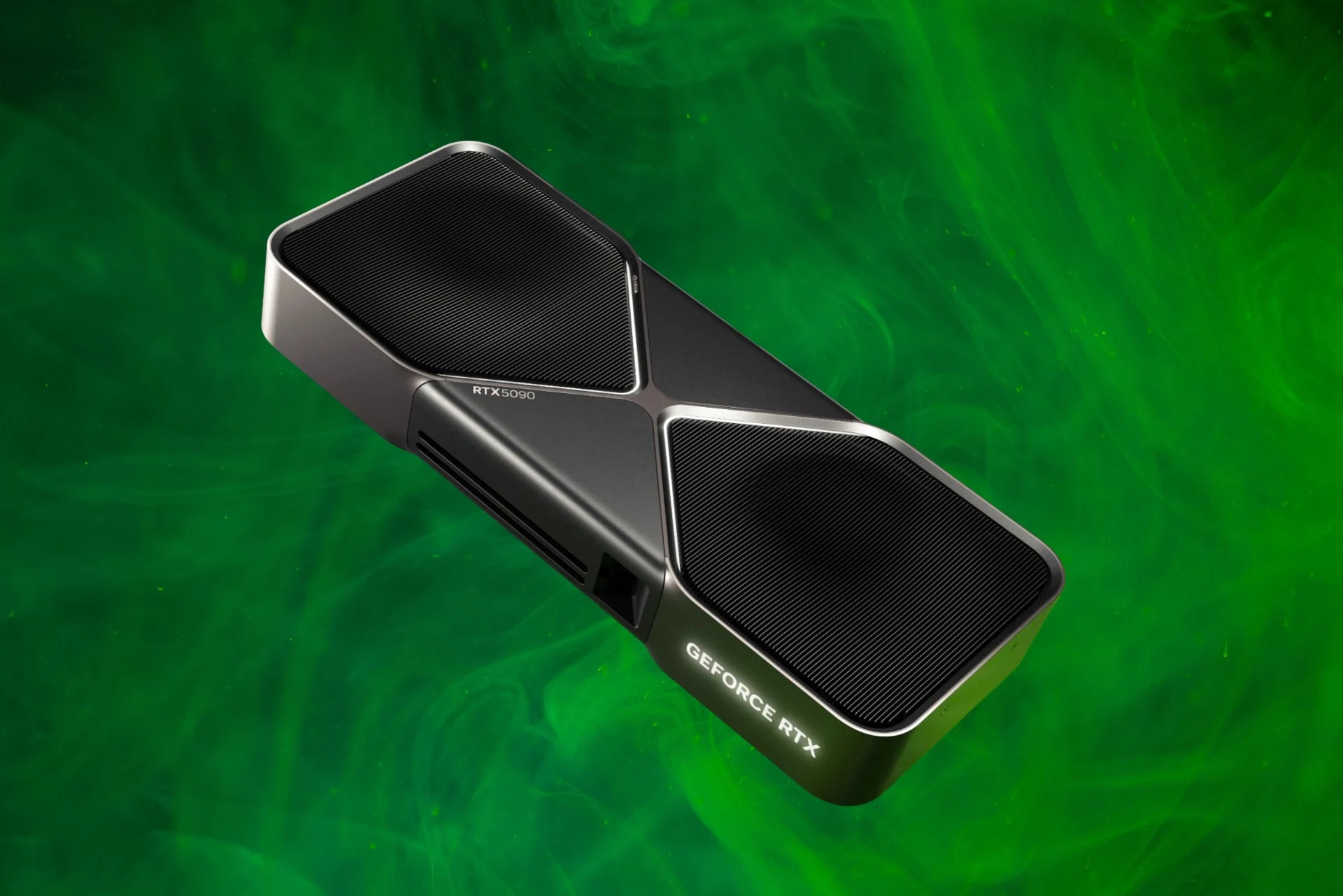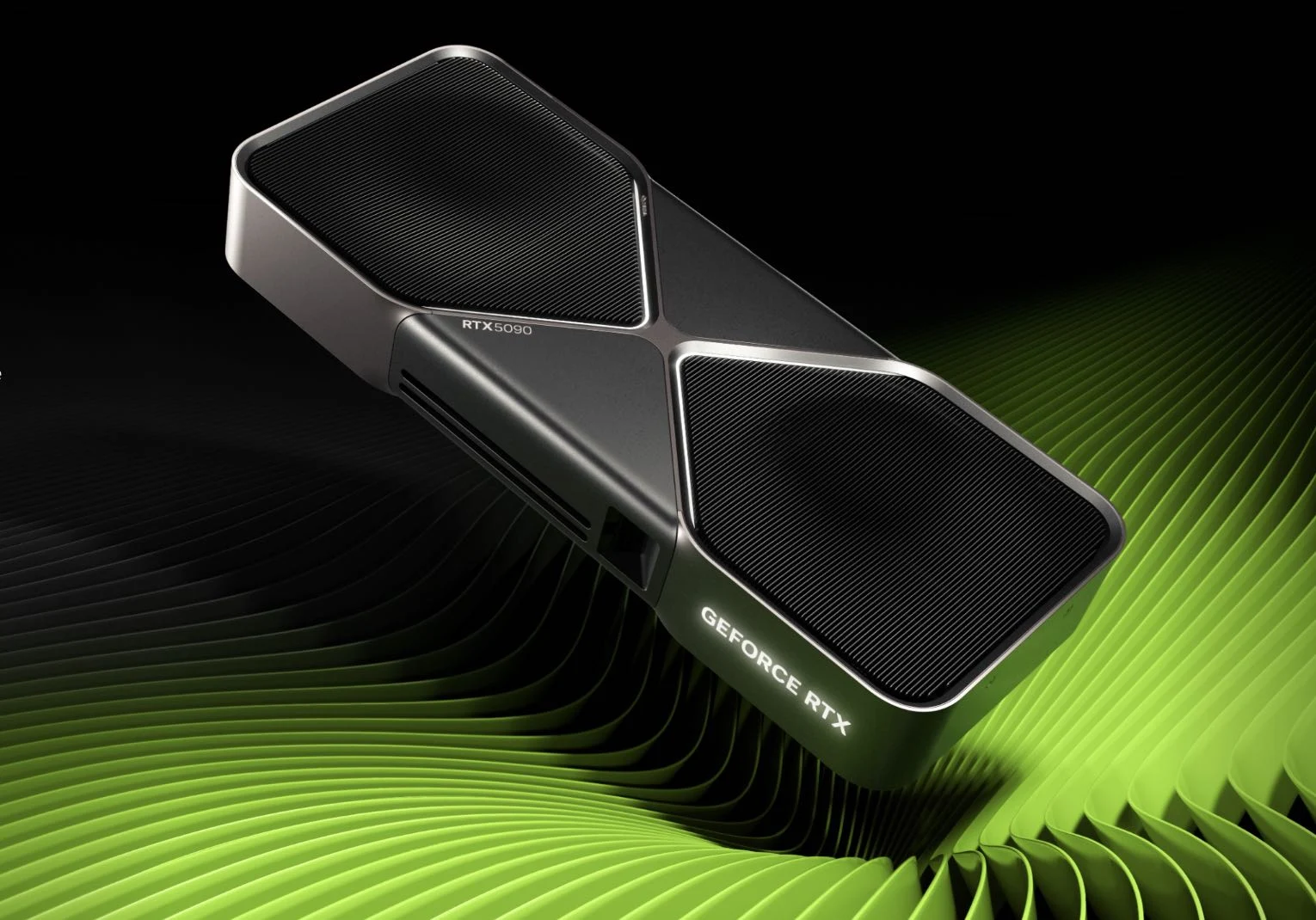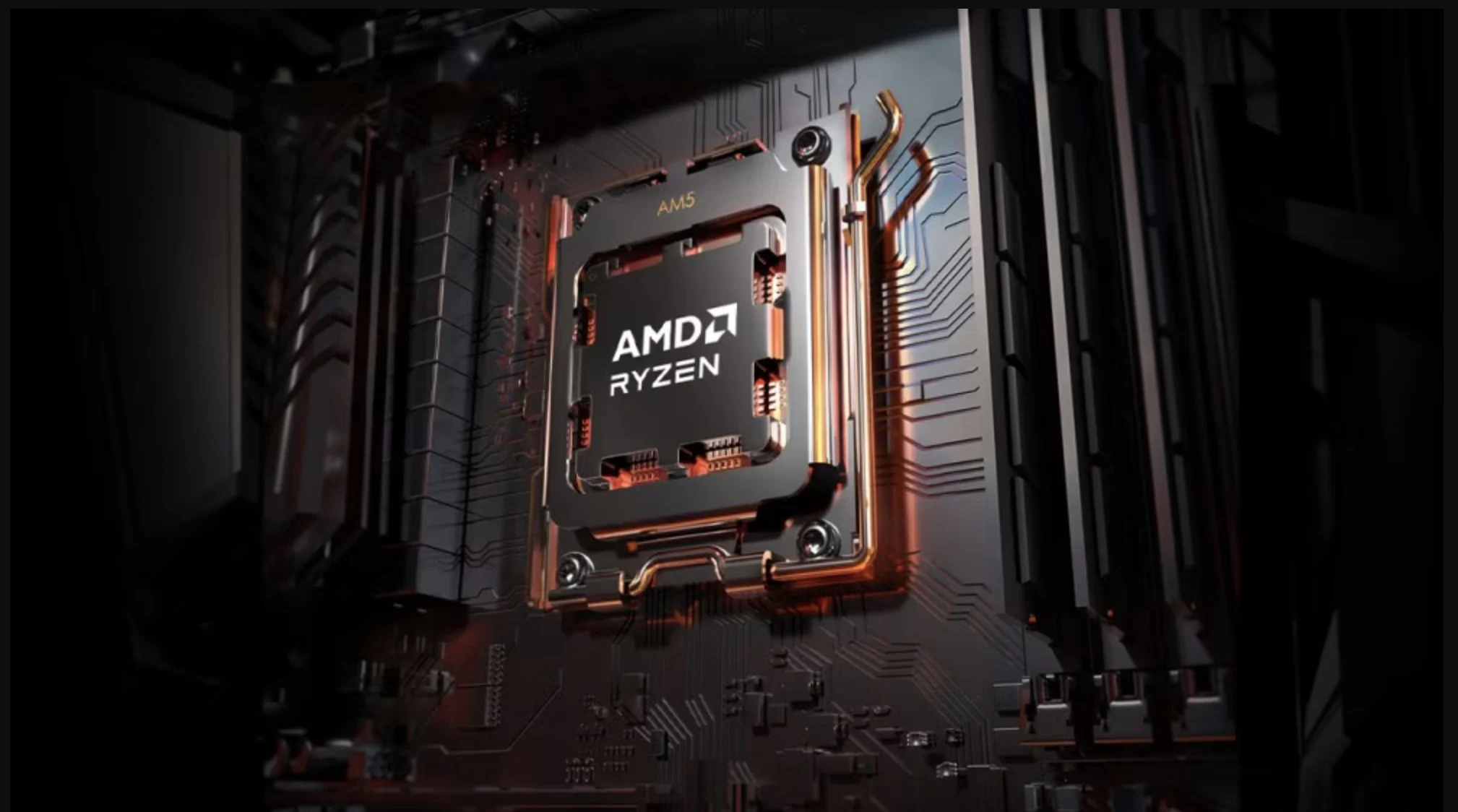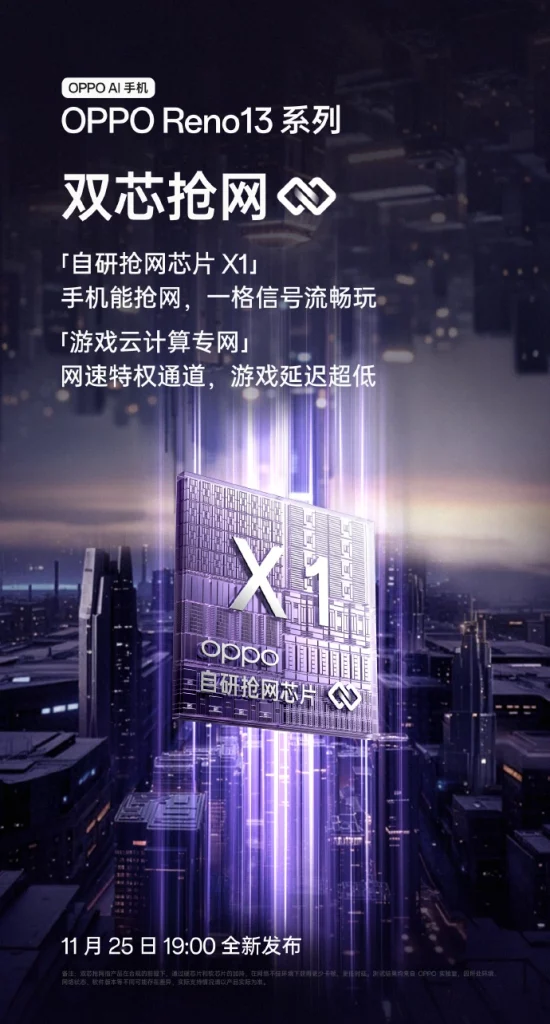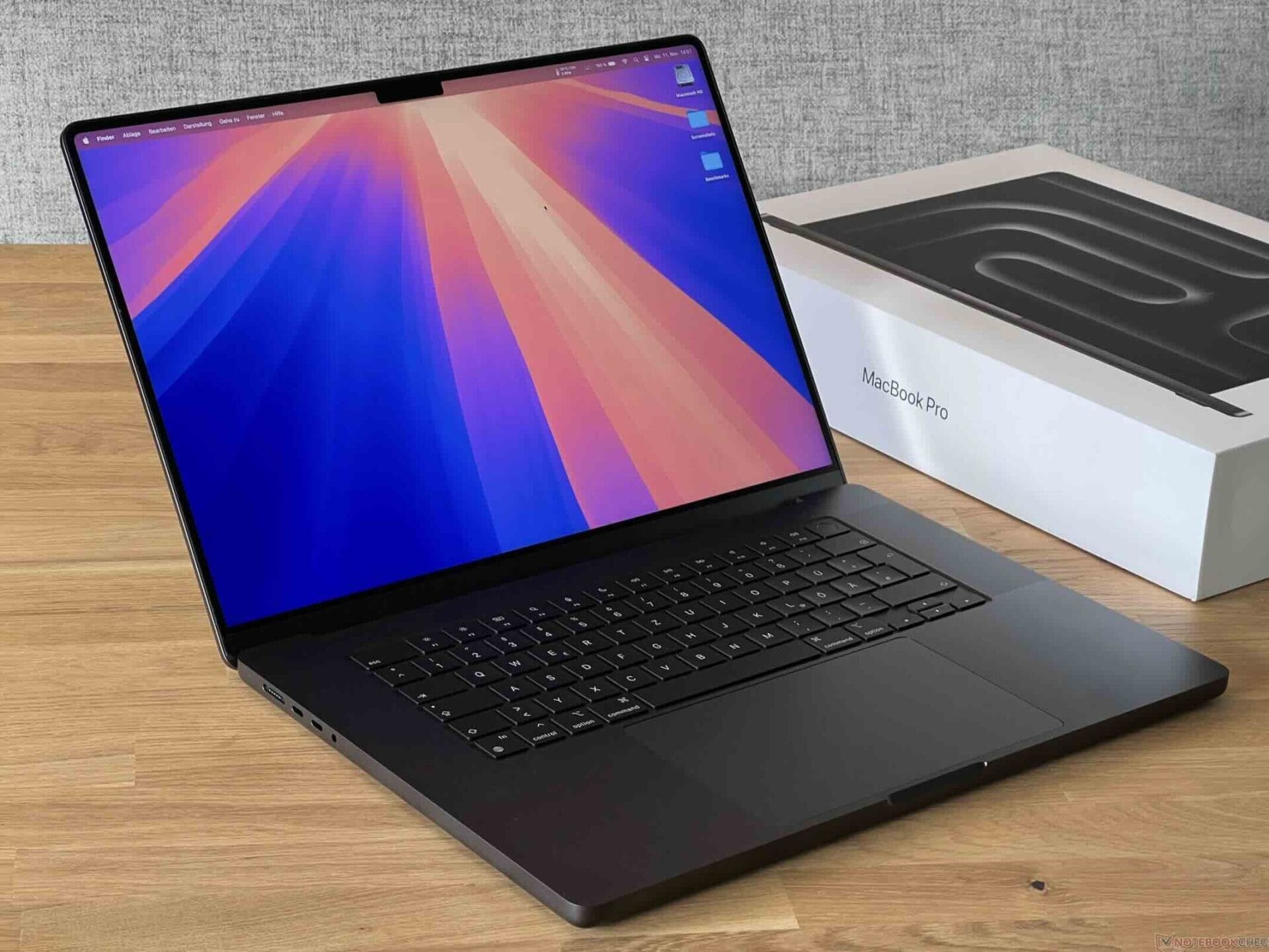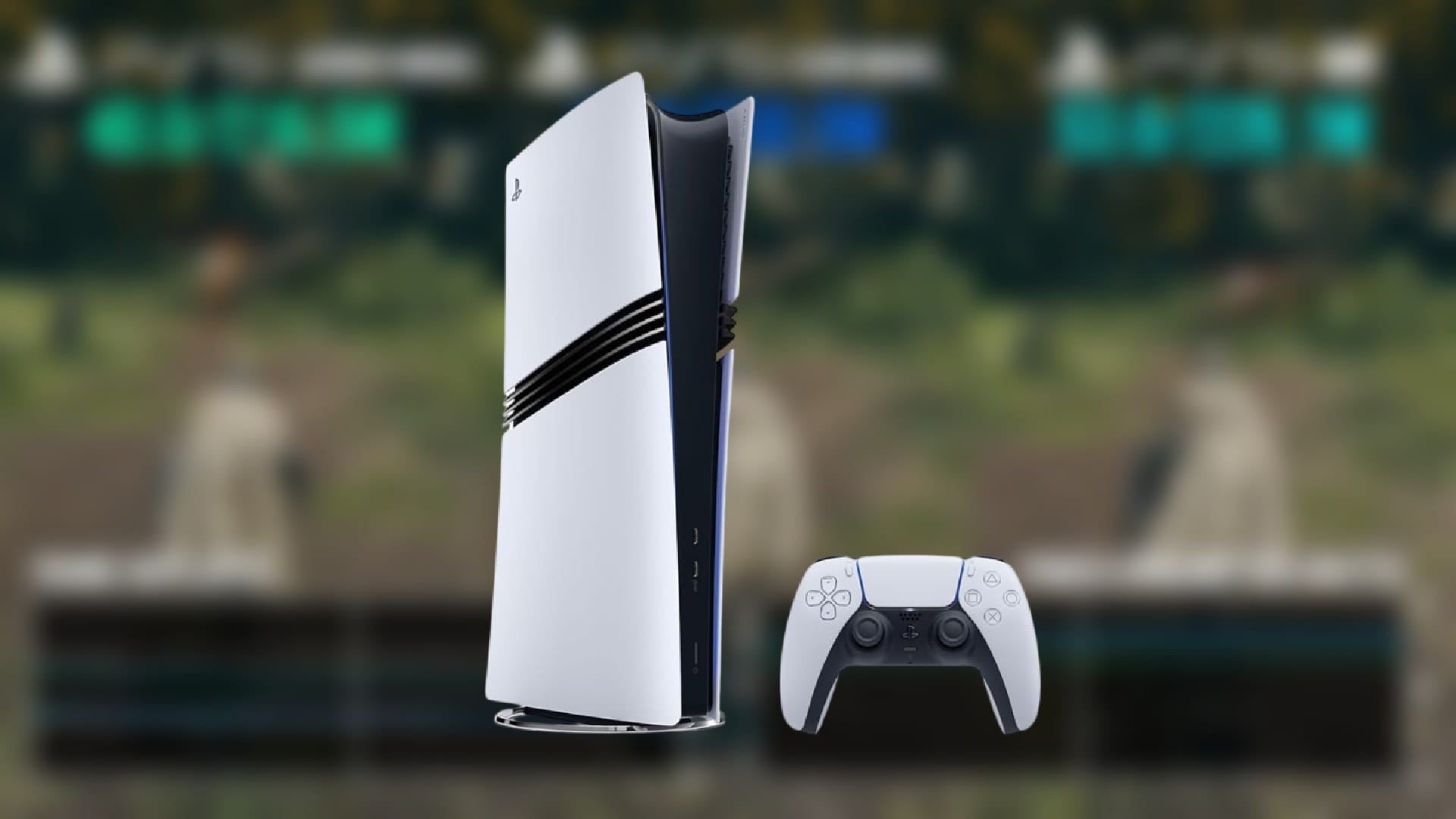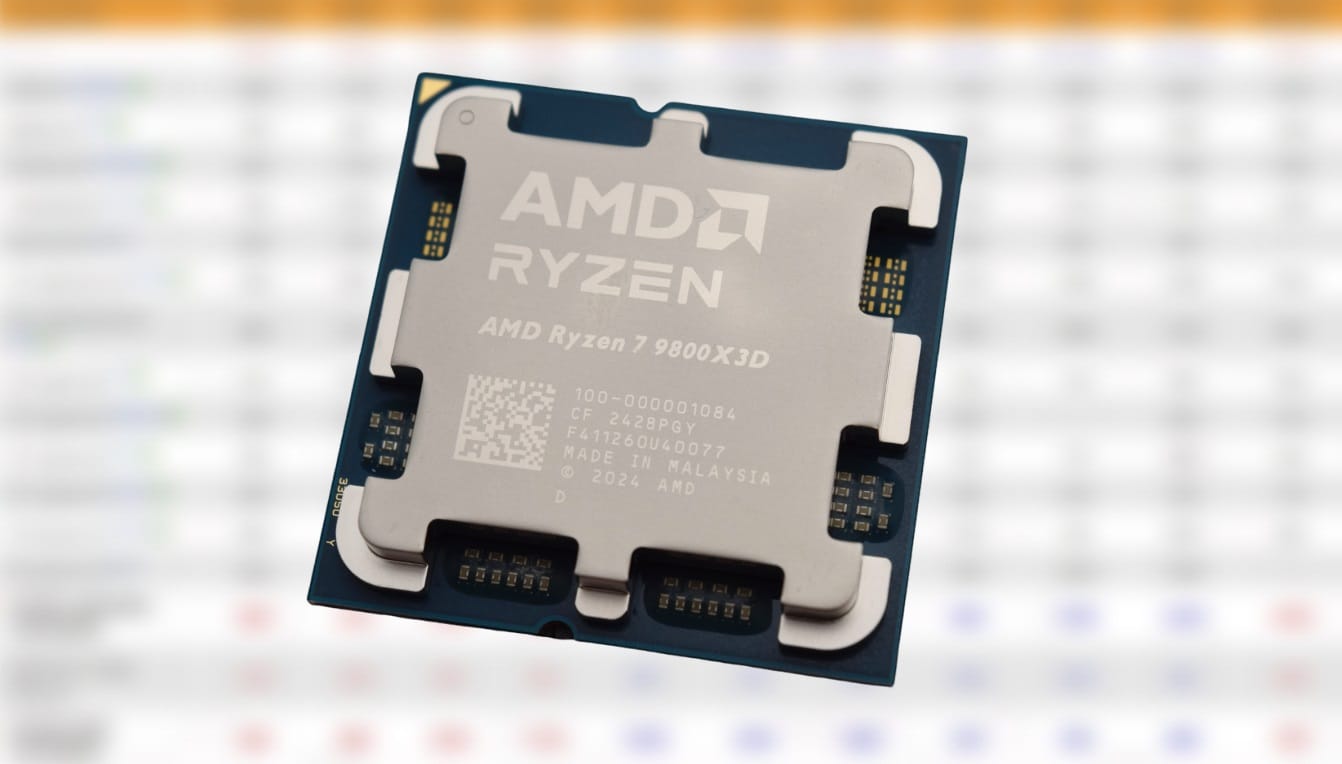Key Takeaways
1. The AMD Ryzen 9 9950X3D is set to release on March 12, with reviews under embargo until March 11.
2. Benchmarks indicate the Ryzen 9 9950X3D outperforms the Ryzen 9 7950X3D in productivity tests, showing a 17% advantage in Cinebench multicore tests.
3. The Ryzen 9 9950X3D has a slight edge over the Ryzen 9 9950X in single-core tests, with only a 3.5% difference.
4. In gaming performance, the Ryzen 9 7950X3D may still outperform the 9950X3D in some benchmarks, showing a close competition.
5. The Ryzen 9 7950X3D remains a strong contender in gaming despite the introduction of the 9950X3D.
The AMD Ryzen 9 9950X3D is expected to be released on March 12, with reviews reportedly under embargo until March 11. Even though the release is over two weeks away, a set of benchmarks seems to have been published prematurely, showcasing some strong productivity results from the Ryzen 9 9950X3D.
Benchmarks and Performance
According to the benchmarks shared by PCBuild on Facebook (now deleted), the performance leaks we mentioned earlier this week appear to be quite accurate. The Bulgarian hardware retailer and system builder apparently tested the Ryzen 9 9950X3D using Cinebench R23 and PCMark Time Spy. The average scores indicate it outperforms the Ryzen 9 7950X3D in both tests, although the advantage in gaming performance isn’t that substantial.
Detailed Comparisons
When we look at the benchmark images compared to our own tests and database, the 9950X3D surpasses the 7950X3D by nearly 17% in Cinebench multicore tests. On the other hand, the Ryzen 9 9950X (currently priced at $559.75 on Amazon) is not too far behind, lagging by about 3.7% in Cinebench R23. In the single-core tests of Cinebench R23, the difference between the Ryzen 9 9950X3D and the standard 9950X is just 72 points, or 3.5%. The 9950X3D notably leads the 7950X3D by around 11%.
Gaming Performance Insights
However, gaming benchmarks tell a different tale. In comparison with previous results from our testing, the 3DMark Time Spy CPU scores show that the older Ryzen 9 7950X3D actually outperforms the Zen 5 9950X3D in one of the leaked benchmarks, leading by 3.7%. Another Time Spy result from the leak shows a maximum CPU score of 17,234 points, suggesting the Ryzen 9 9950X3D edges out the 7950X3D by a mere 118 points—a very slight margin.
These two benchmark results alone don’t give a full view of gaming performance, which can differ widely depending on the game. However, they do hint at what we might expect when the Ryzen 9 9950X3D launches in March. It also suggests that the AMD Ryzen 9 7950X3D (currently priced at $740 on Amazon) is likely to remain a strong competitor in gaming, despite AMD’s adjustments to the 3D V-Cache specifications and design.
Source:
Link


